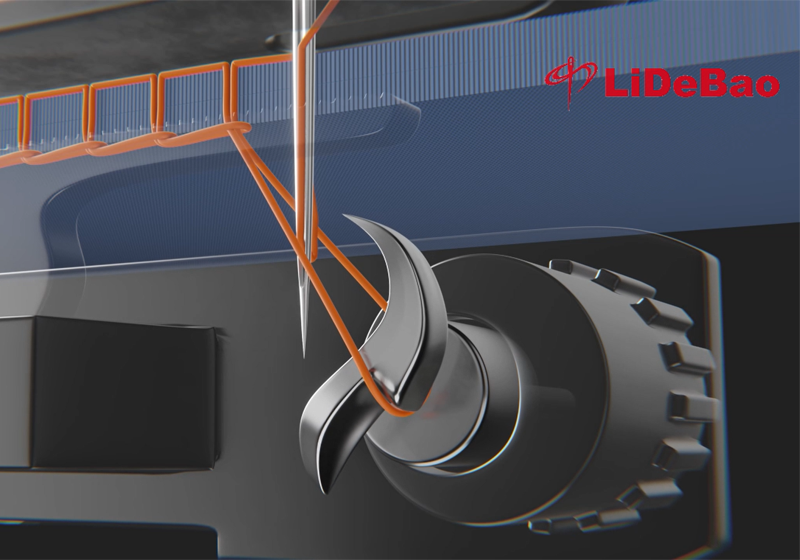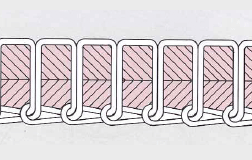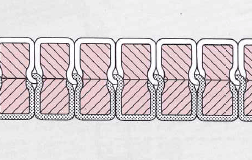Email format error
Email cannot be empty
Email already exists
6-20 characters(letters plus numbers only)
The password is inconsistent
Email format error
Email cannot be empty
Email does not exist
6-20 characters(letters plus numbers only)
The password is inconsistent


Exploring Single-Thread Chain Stitch and Double-Thread Lock Stitch: Pros and Con
When it comes to sewing, understanding the different types of stitches can greatly impact the outcome of your project. Two of the most commonly used stitches are the single-thread chain stitch and the double-thread lock stitch. Each has its own unique characteristics, advantages, and disadvantages. In this blog post, we will explore these two stitches in detail.
Single-Thread Chain Stitch
What is it?
The single-thread chain stitch is created using one thread that loops in and out of the fabric, forming a chain-like pattern on the underside of the fabric. This stitch is commonly used in decorative sewing and certain types of embroidery.
Advantages:
1. Flexibility: The chain stitch is highly flexible and can accommodate fabrics that stretch, making it ideal for sewing knit fabrics or garments that require some give.
2. Speed: This stitch can be sewn quickly, which is advantageous in high-volume production settings.
3. Decorative Use: Its unique appearance on the fabric's underside can be used decoratively, adding an interesting texture to the garment.
Disadvantages:
1. Durability: The single-thread chain stitch is not as strong as the double-thread lock stitch. If one loop breaks, the entire stitch can unravel.
2. Limited Use: Due to its lack of strength, it is not suitable for seams that will experience a lot of stress or wear.
3. Machine Requirements: Special chain stitch sewing machines are needed, which can be a limitation for some sewing enthusiasts.
Video Demonstration:
Double-Thread Lock Stitch
What is it?
The double-thread lock stitch is created using two threads, one from the needle and one from the bobbin. These threads interlock between the fabric layers, forming a secure and durable stitch.
Advantages:
1. Strength and Durability: The interlocking of two threads makes this stitch very strong and durable, ideal for seams that will bear significant stress.
2. Versatility: The lock stitch is suitable for a wide range of fabrics, from lightweight silks to heavy denims.
3. Widespread Use: Most home sewing machines and industrial machines are equipped to make this stitch, making it accessible for most sewing projects.
Disadvantages:
1. Rigidity: Unlike the chain stitch, the lock stitch does not have much flexibility. This can be a drawback for sewing stretch fabrics as it may cause puckering or breaking.
2. Time-Consuming: The double-thread lock stitch can be slower to sew than the chain stitch, which may be a disadvantage in high-volume production.
3. Thread Usage: It uses more thread than a single-thread chain stitch, which can increase material costs over time.
Video Demonstration:
Conclusion
Both the single-thread chain stitch and the double-thread lock stitch have their places in sewing, each offering unique benefits and drawbacks. The chain stitch's flexibility and speed make it perfect for certain decorative and stretch fabric applications, while the lock stitch's strength and versatility make it a go-to for durable seams in a variety of fabrics.
When choosing between these stitches, consider the specific needs of your project. For decorative or stretch fabric items, the single-thread chain stitch may be your best bet. For strong, durable seams, especially in high-stress areas, the double-thread lock stitch is likely the superior choice.
Understanding these differences will help you make informed decisions, ensuring that your sewing projects not only look great but also stand the test of time. Happy sewing!

